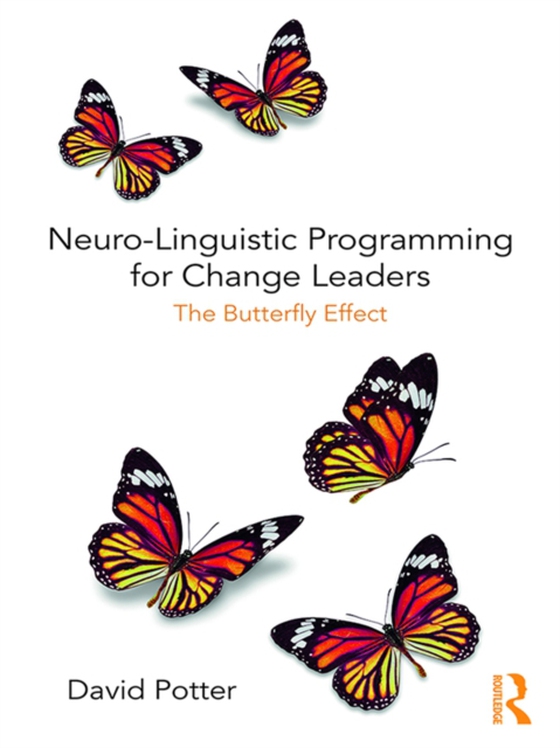
Neuro-Linguistic Programming for Change Leaders e-bog
322,59 DKK
(inkl. moms 403,24 DKK)
We know a lot about change leadership. We understand how to design change programmes, and we know how to prescribe best practice change methods. Yet, despite all this knowledge, it is reported that up to 70% of change leadership projects fail to realize many of their objectives. The fault lines are cited as occurring at the micro level of social interaction. What we don't adequately explain and...
E-bog
322,59 DKK
Forlag
Routledge
Udgivet
15 maj 2018
Længde
188 sider
Genrer
Economics
Sprog
English
Format
epub
Beskyttelse
LCP
ISBN
9781351583473
We know a lot about change leadership. We understand how to design change programmes, and we know how to prescribe best practice change methods. Yet, despite all this knowledge, it is reported that up to 70% of change leadership projects fail to realize many of their objectives. The fault lines are cited as occurring at the micro level of social interaction. What we don't adequately explain and demonstrate within the change leadership literature is how change leaders may consciously generate in themselves and in others resourceful mindsets, emotions, attitudes, and behaviours to enable positive change leadership dynamics. Neuro-Linguistic Programming for Change Leaders: The Butterfly Effect fills this gap by connecting the practices of personal development with those of corporate change leadership.This book has the vision of advancing NLP as a serious technology in the change leader's tool box. The book introduces to operations managers, HR practitioners, OD specialists, and students of management new ideas and practices, which can transform their effectiveness as change leaders.It focuses on the benefits of applied NLP to change leaders as a generative change toolkit. Secondly, the book provides a model that shows change leaders how to build a climate of psychological safety to establish rapport with stakeholders. Thirdly, the book provides a strategy for enabling broader cultural change and stakeholder engagement throughout the organization.
 Dansk
Dansk

